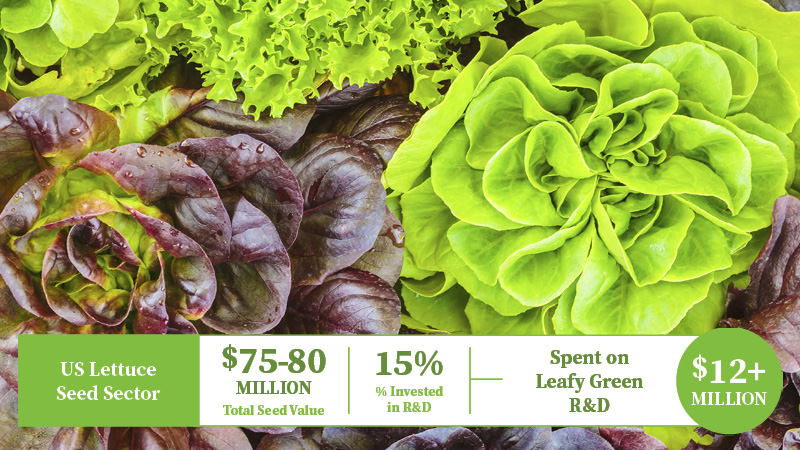Old World Bollworm A Potential New Pain For Florida Farmers
Crops Affected
The pest has a wide host range and feeds on nearly 200 plant species in at least 45 families including corn and other grains, cotton, ornamental flowers, and other economically important crops such tomato, peppers, tobacco, potato, and beans. Fruit tree hosts include citrus and apple.

Photo by Paolo Mazzei
Identification
Florida growers are advised to be on the lookout following the recent find of an old world bollworm moth in a USDA pheromone trap near Bradenton. The find marks the first time this potentially serious agricultural pest was detected in the U.S. outside of port interceptions.
The old world bollworm occurs in Africa, Europe, Asia, Oceania, and has recently become established in Brazil and Argentina. It the past year, detections also have occurred in Puerto Rico and the Dominican Republic. Where it occurs, the old world bollworm is considered a severe economic pest and globally causes more than $2 billion in crop damage annually.
The larvae feed externally and internally on all above-ground parts but prefer flowers, buds, seeds, and fruit. Internal feeding is revealed by boreholes or cutting open fruit and buds. Feeding damage often is accompanied by fungal and bacterial infection causing further losses.
The old world bollworm is closely related to the native corn earworm, also known as the tomato fruitworm (Helicoverpa zea), which is widespread in the U.S. Both species are nearly externally identical in all life stages and identification of the old world bollworm requires either dissection of adult moths or DNA analysis. This is unlike larvae of some armyworms that also are similar, but can be distinguished by color patterns.
Survival And Spread
Eggs are typically laid near the tops of the plants that are flowering but also may be deposited on older vegetation and fruiting structures.
In subtropical and temperate regions, there are three to five generations per year, and more in the tropics. Females lay 500 to 3,000 eggs. The larval stage involves five to seven instars. In warmer areas, where climate and host vegetation allow continuous breeding, the life cycle may be completed in as little as 28 days depending on temperature and nutrition. Pupation occurs in the soil and lasts a week, but pupae can remain dormant for a few months in cold conditions.
When food is scarce, the moths fly to high altitudes and are dispersed by wind.
Management Methods
Pheromone lures are available and can aid in the detection of this pest.
A variety of pesticides are labeled for worm control in vegetables including avermectins, indoxacarb, chlorantraniliprole, and Bt formulations. Worldwide, H. armigera has demonstrated resistance to a number of insecticides including carbamates, pyrethroids, and Bts.
If this pest becomes established in the U.S., it could seriously harm domestic agricultural production.
Consult UF/IFAS recommendations for currently labeled insecticides for lepidopteran pest management in Florida vegetables.










